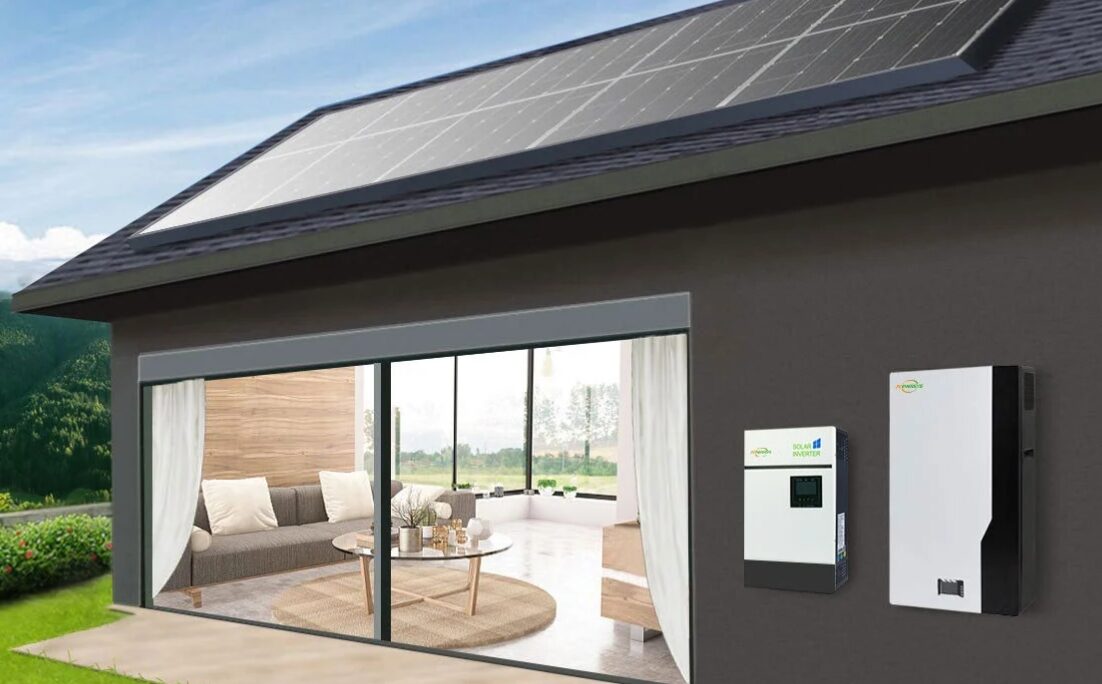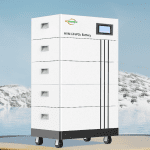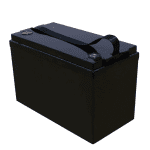With many households now turning to household energy storage to power themselves with cleaner energy, choosing the right size for your specific energy needs is one of the most critical aspects to ensure when considering installing a household energy storage system. This is also the most common question that many users communicate with us when purchasing. Many factors include your home’s energy consumption patterns, peak usage times, etc. In this article, we will discuss these factors in detail.
Assess your current energy consumption
As household energy storage technology experts, we recommend knowing your home’s energy consumption before sizing your household energy storage system. This data can be obtained from smart meters installed in your home and electricity bills. Prioritize energy-saving measures based on the proportion of electricity used by the electrical appliances you have in your home. This also considers your lifestyle and seasonal changes in the area, etc. Through these, you can estimate your family’s energy needs throughout the day or the year.
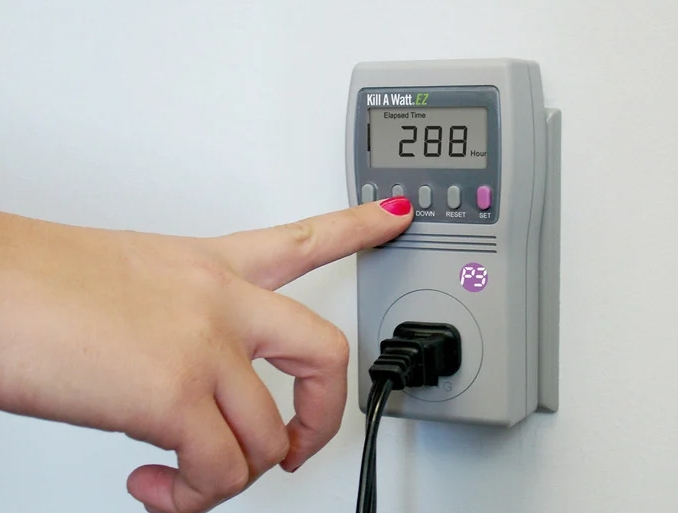
Determine peak demand times
After understanding the energy consumption required for household energy storage, you need to have a detailed understanding of the peak demand times in your home when the home energy storage system is used. Peak demand times are when electricity usage is highest, typically occurring at night during the day. This can be checked through your bill or meter. During periods of high power usage, seasonal changes such as increased heating and cooling in winter and summer can affect peak demand usage times.
Know battery capacity
Knowing the required battery capacity is another important factor in sizing a household energy storage system. Combined with the previous two points, the battery’s depth of discharge (DoD) must be considered. This refers to the percentage of battery capacity that can be safely discharged without causing damage. Batteries with a higher DoD provide more usable energy but may have a shorter lifespan. Then, there’s knowing how often the battery cycles. If you use the battery frequently, you will need a battery with a higher cycle life and deeper cycle capability. No battery is 100% efficient, so you must consider energy loss during storage. This will affect the effective capacity of the battery and your size calculations.
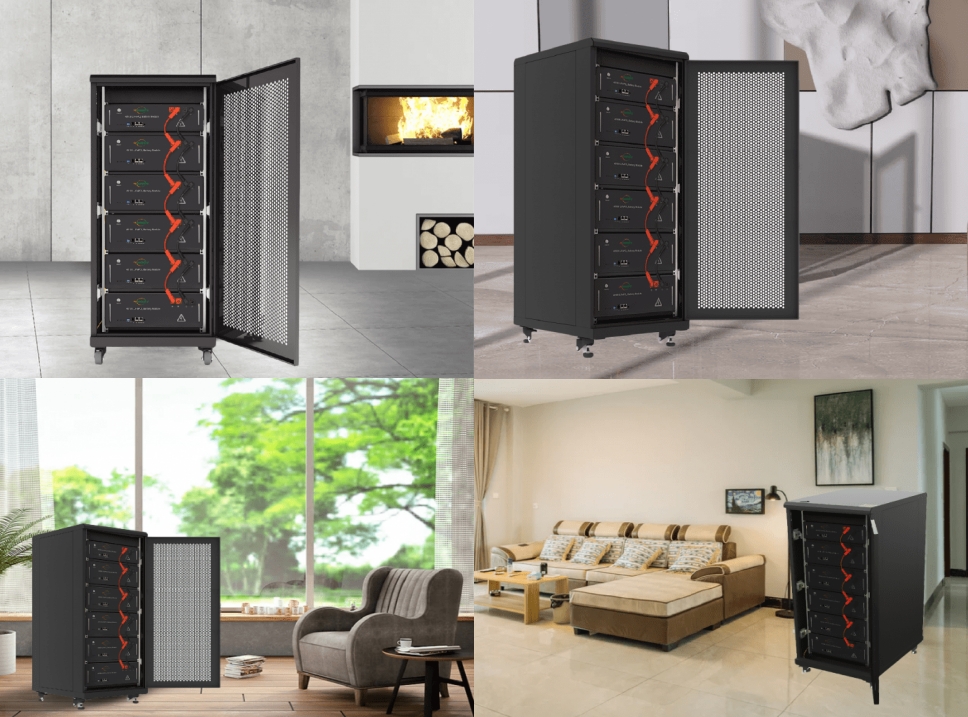
Consider efficiency and system losses
When sizing a household energy storage system, its round trip efficiency and overall system efficiency need to be considered. Round trip efficiency is the ratio of energy output during discharge to energy input during charge, which measures the losses that occur during storage and retrieval. Overall system efficiency considers losses incurred at all energy storage and delivery stages, including conversion losses, standby losses, and other inefficiencies inherent in system components. While most modern home energy storage technologies have high-efficiency ratings, considering efficiency and system losses can ensure that the storage capacity you install effectively meets your home’s energy needs.
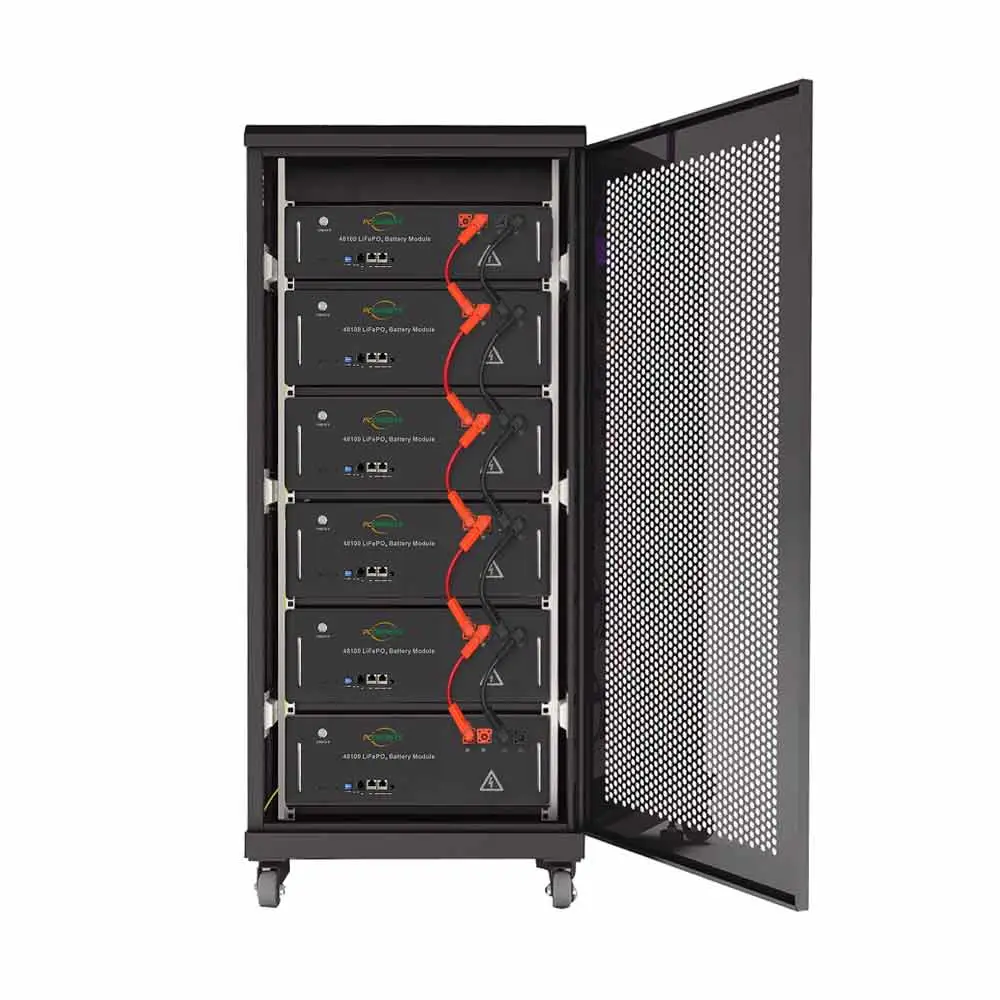
Assessing the growth and expansion of household energy storage system
The last point is that in the face of future growth and expansion, you need to additionally consider factors such as future lifestyle changes and family expansion, and try to choose a large-sized home energy storage system. For example, if you plan to add solar panels or an electric vehicle to your home in the future, you may need to size your energy storage system accordingly. By predicting future energy needs, you can avoid unnecessary system upgrades and plan ahead.
Find the right home energy storage system
A suitable household energy storage system will benefit your home energy storage. Each user’s situation and conditions are different, and their region is also different. Therefore, the best way to determine what size suits you is to look at the abovementioned factors.

